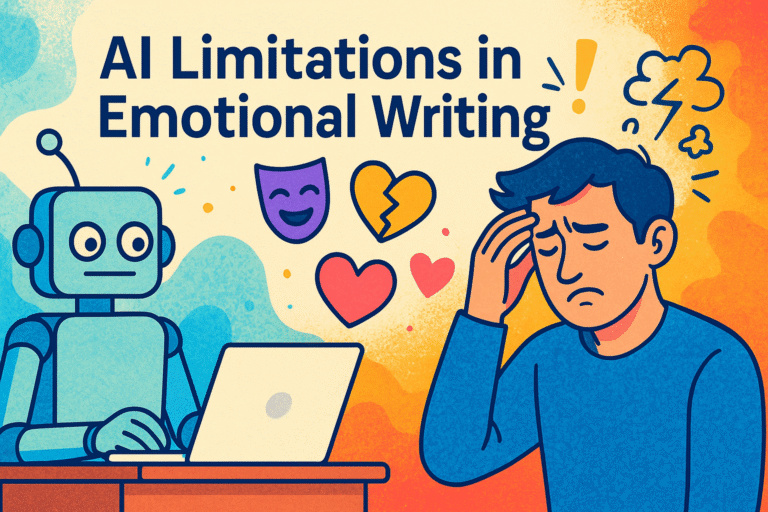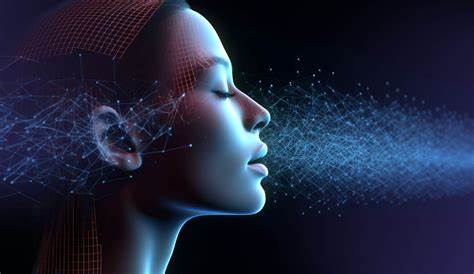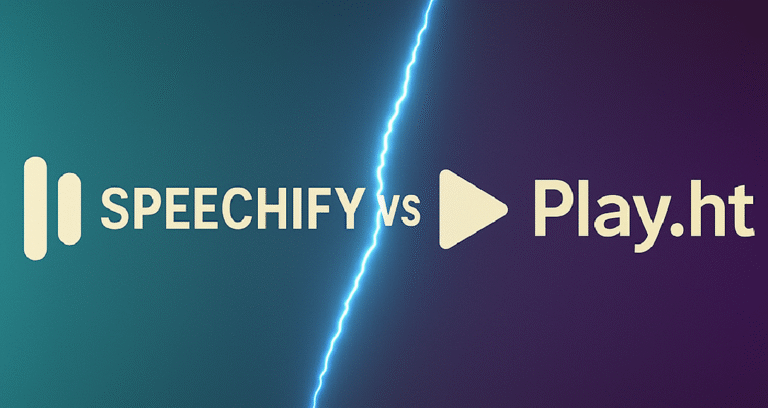AI Translation Tools and the Challenge of Cross-Cultural Communication
In today’s globalized world, AI translation tools are becoming essential for breaking down language barriers. From international business to cross-border education and global activism, the ability to communicate across languages is key to how societies connect, grow, and collaborate.
However, translation is not just about swapping words—it involves preserving meaning, emotion, and cultural nuance. With tools like Google Translate, DeepL, and ChatGPT now widely accessible, AI-driven translation is transforming how we write and share content worldwide. But this evolution raises a critical question: Are these AI translation tools truly bridging cultures—or are they blurring them?

How AI in Multilingual Writing and Translation Works
How AI Translation Tools Use NLP and Language Models
To understand the strengths and weaknesses of AI in this field, it’s helpful to grasp how these tools function. AI-powered translation relies primarily on natural language processing (NLP), a subset of machine learning that enables computers to understand and generate human language. At the core of this process are large language models (LLMs), such as OpenAI’s GPT, Google’s PaLM, and DeepL’s neural networks.
These models are trained on massive datasets consisting of bilingual and multilingual text corpora. Through pattern recognition, they learn how words and phrases correlate between languages. Unlike earlier rule-based systems, modern AI can generate more natural-sounding translations by taking context into account.
How Leading AI Translation Tools Differ
Popular tools like Google Translate use neural machine translation (NMT) to offer sentence-level accuracy. DeepL, known for producing more fluent translations, also leverages a unique architecture optimized for capturing context and tone. Meanwhile, platforms like ChatGPT extend translation capabilities with conversational nuance and adaptive context retention, especially when translating longer or more complex texts.
Despite their advancements, these systems are not flawless. They depend heavily on the data they are trained on, which influences their understanding of grammar, semantics, and cultural references.
How AI Translation Tools Handle Linguistic Nuance: A Mixed Record
Idioms, Tone, and Figurative Language
One of the greatest challenges in multilingual translation is preserving linguistic nuance—those subtle shades of meaning, tone, idiomatic expression, and cultural reference that often defy direct translation.
Idioms, for instance, are frequently mistranslated by AI. A phrase like “kick the bucket” may be interpreted literally by a machine, especially if it’s unfamiliar with the idiom’s figurative meaning of “to die.” Similarly, tone can be flattened. A sarcastic comment in English might become unintentionally literal in a target language, stripping away intended humor or critique.
Contextual Ambiguity and the Limits of AI Translation Tools
Syntactic ambiguity adds another layer of complexity. Consider the sentence, “I saw the man with the telescope.” Does this mean the observer used a telescope or that the man had one? AI may struggle with such ambiguities unless broader context is provided—a limitation when translating isolated sentences or short fragments.
Progress, But Not Perfection
That said, AI has come a long way in recent years. DeepL, for example, is praised for capturing formality and nuance better than many competitors. ChatGPT, particularly when prompted carefully, can offer context-sensitive translations that outperform older models. There are even instances where AI catches errors or ambiguities that human translators might overlook, thanks to its ability to cross-reference vast datasets.
Nonetheless, these tools still fall short when dealing with emotionally charged, poetic, or culturally rich language. For example, translating Arabic poetry or Indigenous storytelling often requires an understanding of historical and cultural context that AI, for now, cannot replicate.

Bridging Cultures: When AI Helps
Democratizing Information Access
Despite its limitations, AI in multilingual writing and translation offers remarkable benefits, especially in democratizing access to information. It empowers individuals and organizations to share knowledge, content, and services across linguistic divides without relying on expensive or time-consuming human translation.
In education, platforms like Duolingo use AI to teach languages by adapting content based on user behavior and proficiency levels. In healthcare, multilingual chatbots assist patients in underserved areas by providing accurate medical information in their native language. Diplomatically, AI-powered tools have been used during international summits to provide instant translations, enabling real-time dialogue between delegates.
Real-World Uses of AI Translation Tools in Business and Media
Business applications are also noteworthy. E-commerce platforms use AI to localize product descriptions, reviews, and customer service content, thereby expanding their global reach. Netflix and YouTube deploy AI to generate subtitles and translate video scripts, making entertainment accessible to international audiences.
These examples show that when thoughtfully implemented, AI serves as a powerful bridge—connecting people across languages and cultures with speed and scalability that human efforts alone cannot match.
When AI Translation Tools Distort Culture: Risks and Failures
Over-Sanitization and Loss of Cultural Flavor
Yet, for every success story, there are cautionary tales. The very efficiency that makes AI attractive can also lead to cultural flattening. In the rush to localize content quickly, translations can become sanitized, generic, or even misleading.
Over-sanitization occurs when AI omits or neutralizes culturally specific terms to avoid confusion, thereby erasing the original flavor of the text. For instance, translating a traditional Japanese haiku into English without preserving its seasonal references or syllabic rhythm diminishes its cultural significance.
Homogenization and Marginalization
Worse, homogenization can set in. As AI favors common language patterns learned from dominant cultures and languages (especially English), smaller linguistic communities may find their expressions marginalized. This risk becomes more pronounced when AI-generated translations are accepted without human oversight, potentially reinforcing stereotypes or propagating inaccurate representations.
Moreover, when AI fails to differentiate dialects or regional variations—say, between European Spanish and Latin American Spanish—it can alienate audiences and reduce trust. In politically sensitive contexts, such missteps can have serious diplomatic or social consequences.
Human-AI Collaboration in Translation: A Balanced Approach
Boosting Efficiency with AI Translation Tools and Human Oversight
Given the strengths and shortcomings of AI, the most effective approach lies in collaboration. Professional translators increasingly use AI as a tool—not a replacement. Machine translations can handle the bulk of repetitive or technical work, allowing human translators to focus on nuance, accuracy, and emotional depth.
This partnership boosts efficiency while preserving cultural authenticity. Translators can use AI suggestions as a draft and then refine tone, correct idiomatic missteps, and ensure that the message resonates with target audiences.
When Human Sensitivity Is Irreplaceable
Editorial review remains essential, especially in fields like law, literature, or advertising, where the stakes of mistranslation are high.
Ultimately, human sensitivity is irreplaceable. AI can mimic tone and context, but it lacks lived experience and cultural intuition—qualities that are critical in truly meaningful communication.

Conclusion: Bridge or Blur?
So, is AI in multilingual writing and translation a bridge or a blur? The answer is both—depending on how it’s used.
A Tool with Two Faces
As a tool, AI offers unprecedented opportunities to connect the world linguistically. It makes content accessible, facilitates learning, and speeds up communication across cultures.
However, when used carelessly or exclusively, it risks distorting meaning and flattening diversity. The future lies in responsible integration: combining AI’s efficiency with human insight to ensure that language continues to reflect the richness of our cultures, not just their words.
The Future of AI Translation Tools in Global Communication
Looking ahead:
- Developers must prioritize ethical AI training that includes underrepresented languages and cultural contexts.
- Users—writers, translators, and organizations—must treat AI as a starting point, not an endpoint, in the ever-evolving dialogue of global communication.
Check our list of the best ➡️ AI Writing Tools ⬅️



